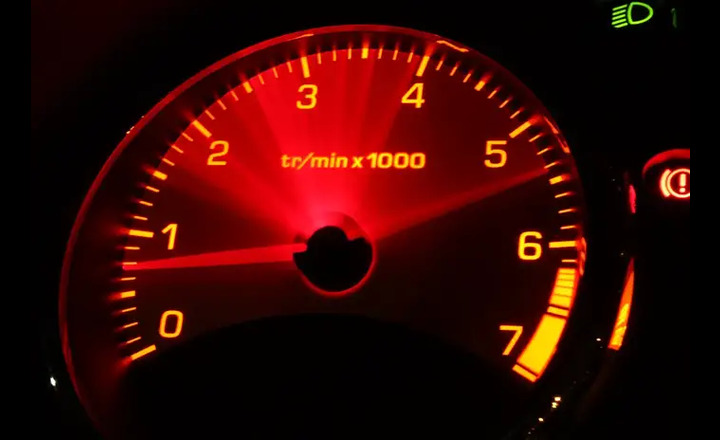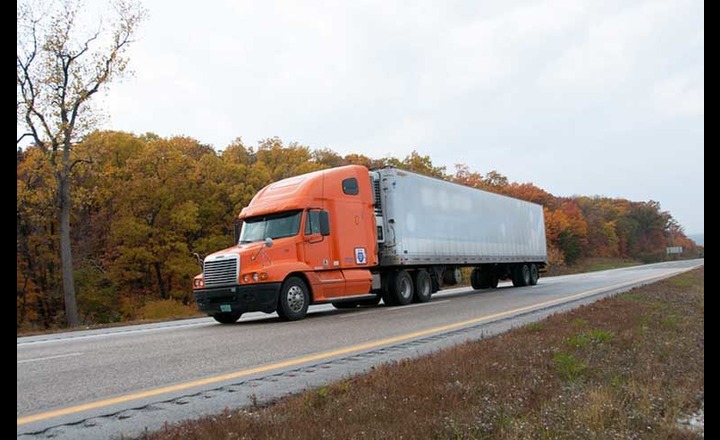Truck drivers worldwide are often limited by the speed limiters on their vehicles. While these speed limiters may be designed to protect drivers and pedestrians, they also make it difficult to transport goods promptly.
Having a speed limiter on your truck can be frustrating, especially when you need to get somewhere in a hurry. There is a way to bypass the speed limiter on trucks. In this article, we’ll provide a step-by-step guide on How to Bypass Speed Limiter on Trucks . We’ll cover topics such as what tools are needed and the safety precautions you should take to ensure everything is done correctly.
How to Disable Speed Limiter on Trucks:
Truck drivers who want to bypass speed limiters must know the legal and safety risks involved. Speed limiters are designed to keep trucks from exceeding a certain speed, which is meant to improve safety on the road. Some drivers may feel these limits hinder their ability to get their job done efficiently or make it difficult to stay competitive.
If you’re a truck driver or an owner-operator, you may have encountered speed limiters restricting your vehicle’s maximum speed. These devices are installed in many modern trucks to promote safety, reduce fuel consumption, and prevent accidents caused by speeding. However, some drivers may find these limiters frustrating since they slow down their deliveries and make it hard to keep up with other vehicles on the road.
How To Remove Governor From Car
There are ways to bypass the speed limiter on your truck without damaging the engine or any other components of your vehicle. One of the most common methods is using a specialized device called a “speed governor override module.” This device can be installed in just a few minutes, allowing you to increase your vehicle’s top speed to whatever level you prefer.
Another option is manually adjusting your truck’s electronic control module (ECM) settings.
It would help if you had a chip (control unit)
The chip alters the signals sent between the engine and your truck’s transmission. This modification allows for increased speed without causing damage to the vehicle or violating any laws. With this simple addition to your truck’s system, you can bypass the speed limiter and enjoy faster travel times on highways and interstates.
It’s important to note that the chip installation should only be done by professionals specializing in this type of work. Attempting to do it yourself could damage or malfunction essential parts in your truck’s engine system.
Disconnect the wire
One way to bypass a speed limiter is by disconnecting the wire that connects it to the engine management system. This wire is usually located near the accelerator pedal and has two or three connectors that attach it to other wires. Once you locate it, unplug it from its socket and tape up any exposed wires. This should disable the limiter and allow you to drive at higher speeds.
Using the ECU programmer
An ECU programmer could be just what you need. An ECU programmer is a device that allows you to easily modify your engine control unit’s settings (ECU) settings to increase its performance. With an ECU programmer, removing or adjusting the maximum speed limiters set by manufacturers is possible.
Use an ECU programmer to connect it to your truck’s OBD-II port. This port is usually located under the dashboard on the driver’s side. Once connected, follow the instructions provided by your specific device and software to access and modify your truck’s ECU settings. It may be necessary to consult with a professional mechanic or technician if you need to become more familiar with how these devices function.
Benefits of Bypassing the Speed Limits

Bypassing the speed limit can have several benefits for drivers. While it is important always to obey traffic laws and regulations, there are situations where going beyond the designated speed limit could be advantageous. One of the most significant benefits of bypassing the speed limits is saving time. When drivers need to get somewhere fast, they may exceed the speed limit to arrive at their destination more quickly.
Another benefit of bypassing the speed limits is increased safety on highways and freeways. Car traveling at similar speeds reduces the risk of accidents caused by sudden lane changes or unexpected movements. By keeping up with traffic flow and not driving significantly slower than other vehicles, drivers can avoid dangerous situations and reduce their risk of getting into a collision.
Bypassing speed limiters can increase productivity for drivers. By driving faster, they can cover more ground in less time, ultimately increasing company profits. This is especially important for time-sensitive deliveries where every minute counts.
Disadvantages of removing the speed limiter

Learning how to remove speed limiter on international trucks can seem tempting for many drivers. However, before you attempt to bypass the speed limiter on your truck, it is essential to consider the potential disadvantages of doing so. Removing the speed limiter can compromise your safety on the road.
Trucks designed to travel at specific speeds have various safety features, such as braking systems and tires that can handle those speeds. Without these safety measures, you are putting yourself and other drivers at risk.
Removing a truck’s speed limiter can also increase fuel consumption and maintenance costs. Engines that run at high speeds will consume more fuel than those running within their designated limits. This means you’ll spend more fuel when driving your truck without its speed limiter.
READ ALSO: How to Bomb Your Car for Roaches | Step Guide by Expert:
Conclusion – How to Bypass Speed Limiter on Trucks:
When done correctly and safely, knowing how to disable speed limiter is possible. Drivers should take the necessary precautions, such as consulting with a mechanic before making any modifications. They should also be familiar with the laws of their local jurisdiction to avoid any legal issues. By following these steps, drivers can increase their speed and get more out of their trucks while maintaining road safety. Savvy truck owners can use this method to save time and money.
Frequently Asked Questions
Can you deactivate the governor?
Yes, you can deactivate the governor on your vehicle. This is typically done by adjusting the throttle linkage or replacing the governor with a higher-performance part. Adjusting the throttle linkage involves loosening the nut that connects the governor to the throttle body and moving it up or down to change its settings. This will allow you to increase or decrease engine speed as desired.
How do you adjust the governor?
Adjusting the governor on a small engine is relatively simple. The governor, often found near the carburetor, controls the engine’s speed. To adjust it, you will need to locate two screws: one is labeled “H,” and one is labeled “L.” The “H” screw controls the engine’s maximum speed, while the “L” screw controls the idle speed.
How do you suppress the speed limiter?
The speed limiter, also known as a governor, is designed to limit the top speed of a vehicle. Depending on your vehicle and the type of speed limiter it has, there are several ways to suppress or override it. The first option is to install an aftermarket chip or tuner that can be programmed to increase the speed limit. Another option is to modify the speed limiter itself physically.

